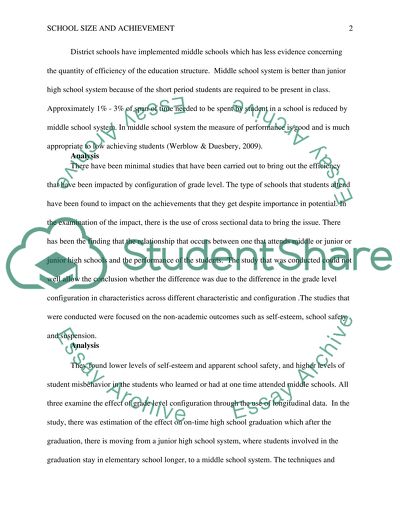Cite this document
(“School Size And Achievement Research Paper Example | Topics and Well Written Essays - 2250 words”, n.d.)
Retrieved from https://studentshare.org/education/1686411-school-size-and-achievement
Retrieved from https://studentshare.org/education/1686411-school-size-and-achievement
(School Size And Achievement Research Paper Example | Topics and Well Written Essays - 2250 Words)
https://studentshare.org/education/1686411-school-size-and-achievement.
https://studentshare.org/education/1686411-school-size-and-achievement.
“School Size And Achievement Research Paper Example | Topics and Well Written Essays - 2250 Words”, n.d. https://studentshare.org/education/1686411-school-size-and-achievement.


